Toshiba Ships dynaEdge AR Smart Glasses Powered by Intel Core M & Windows 10 Pro
by Anton Shilov on May 22, 2018 5:45 PM EST- Posted in
- Peripherals
- Intel
- Toshiba
- Core M
- Windows 10
- AR
- dynaEdge AR
- Smart Glasses
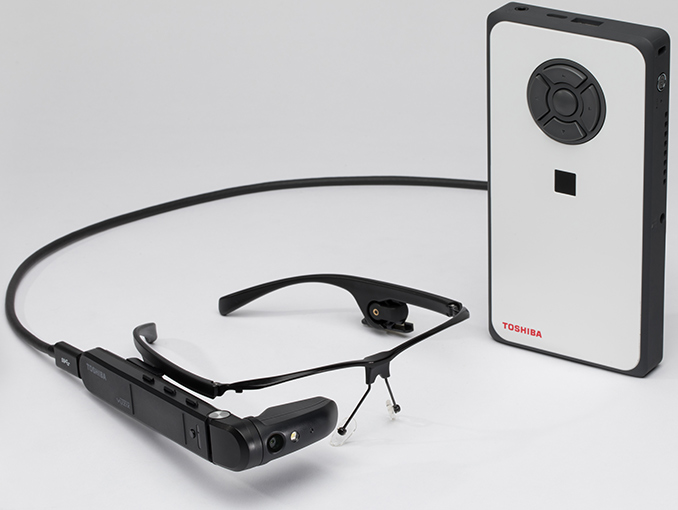
Toshiba this month started selling its first wearable AR smart glasses designed for business and industrial applications. The Toshiba dynaEdge AR is a highly-integrated solution comprising of a head mounted display, a PC module, and software that are designed to work in concert offering out-of-box functionality and supporting custom applications. From some points of view, Toshiba’s dynaEdge AR is a realization of Microsoft’s HoloLens concept.
Toshiba’s dynaEdge AR smart glasses solution consists of two key pieces — the Toshiba AR100 HMD and the Toshiba dynaEdge DE-100 miniature PC interconnected using a USB Type-C cable. The HMD is outfitted with a small 0.26-inch screen featuring a 640×360 resolution that can display content with a 1280×720 resolution, a 5 MP camera with a flash, a speaker, two microphones, and a variety of sensors (accelerometer, gyro, ambient light sensor, proximity sensor, compass, and GPS). The HMD has three control buttons and a touchpad.
As for the miniature PC, the Toshiba dynaEdge DE-100 is based on Intel’s Core m5/m7 ‘Skylake-Y’ ULV SoC that is outfitted with 4 – 16 GB of LPDDR3 memory, and a 128 – 512 GB M.2 SSD. The system features Intel’s Wireless-AC 8260 802.11ac Wi-Fi + Bluetooth 4.2 controller, a USB 3.1 Gen 1 Type-C port, a USB 3.0 Type-A header, a microSD slot, and a TRRS audio connector. To ensure proper security, the dynaEdge DE-100 is equipped with a TPM 2.0 module as well as a fingerprint reader. Finally, the PC has five navigation buttons.
The augmented reality glasses from Toshiba are aimed at enterprise customers that will use them in various areas, including manufacturing, services and other. Out of box, the dynaEdge AR smart glasses can take pictures, record and stream live video, open documents, communicate using Skype and do typical operations that any Windows 10-based computers can perform. Meanwhile, Toshiba encourages develops to build application-specific software for its smart glasses.
Toshiba’s dynaEdge AR smart glasses (with the miniature PC and the Vision DE Suite) solutions are available directly from Toshiba’s Client Solutions Division (CSD) starting at $1,900 (with an entry-level SoC/RAM/SSD configuration). Interested parties are advised to contact their sales representatives of Toshiba, or contact the company at smartglasses@toshiba.com. In addition to the dynaEdge AR, Toshiba also sells various accessors for the devices, including glasses, headbands, helmet mounts, safety frames, and other.
Those who want to develop products based on Toshiba’s dynaEdge AR smart glasses can obtain appropriate development kits (hardware and software) for $2,400 – $2,900 as well as optional accessories.
Related Reading:
- Vuzik's New AR Glasses Actually Look Like Glasses
- Intel EOLs Atom Chip Used for Microsoft HoloLens
- Hololens Round Two: Augmented Reality At Build 2016
- Microsoft Reveals Additional Details About HoloLens and Begins to Take Pre-Orders
- Volvo Partners With Microsoft To Bring HoloLens To Automotive Design And Showcasing
- Microsoft Hololens Hands-On
Source: Toshiba


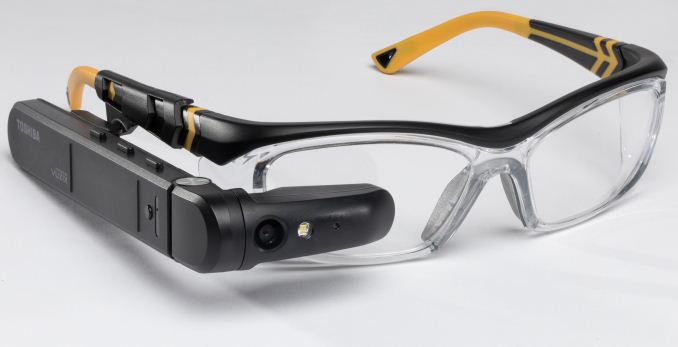
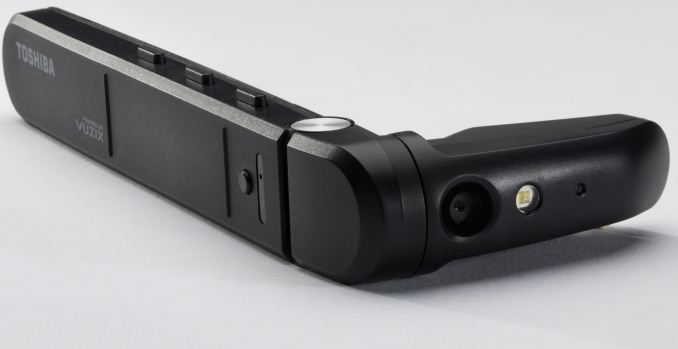
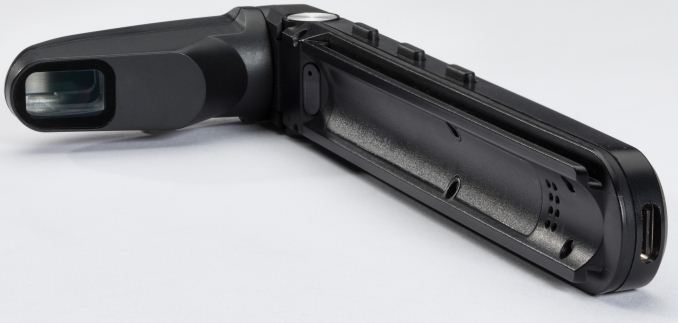
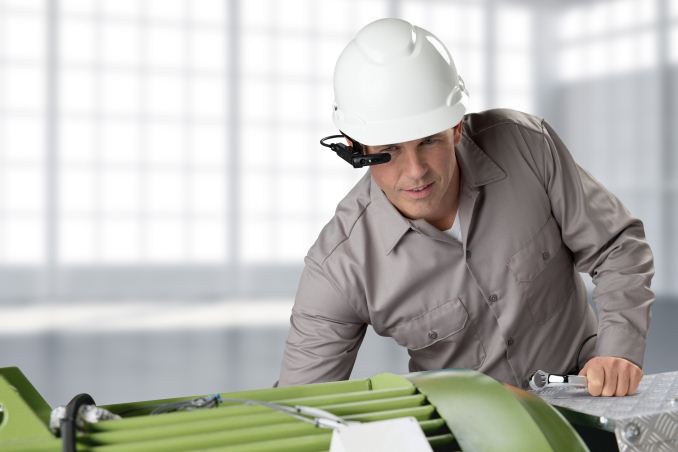
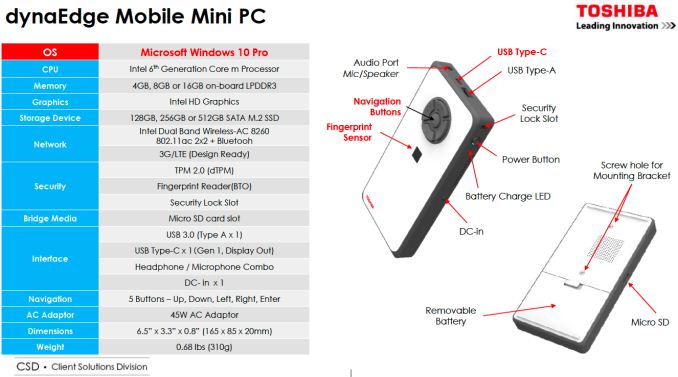








21 Comments
View All Comments
HStewart - Tuesday, May 22, 2018 - link
I believe it is called super-samplingmode_13h - Tuesday, May 22, 2018 - link
I would call it down-sampling or simply image scaling, but it's a bit like FSAA.close - Wednesday, May 23, 2018 - link
Hey, I have a FHD screen that can display *ANY* resolution as long as it's scaled to FHD.GreenReaper - Wednesday, May 23, 2018 - link
Mine can scale *up* as well as down! It's almost magic.mr_tawan - Wednesday, May 23, 2018 - link
It could be both ... super-sampling is to render an image in larger resolution and then resize it (down-sampling) to the target resolution. If there's no rendering then it would not be super-sampling IMO.HStewart - Wednesday, May 23, 2018 - link
Well it looks like it uses 1280×720 images internally but then outputting to 640x360.I seen this happen on my XPS 15 2in1 when showing same window on 1920x1080 screen with laptop in 4k - even though the monitor a Samsung Curve 27 only has 1920x1080 resolution - it looks like the image was shrink - this is probably a windows 10 thing - and it might because I installed special drives for 34U88B on it.
Alexvrb - Wednesday, May 23, 2018 - link
VSR/DSR?mode_13h - Tuesday, May 22, 2018 - link
"From some points of view, Toshiba’s dynaEdge AR is a realization of Microsoft’s HoloLens concept."And which points of view are those? This barely qualifies as AR, IMO. It's certainly no Hololens.
edzieba - Wednesday, May 23, 2018 - link
Party like it's the mid 1990s, I guess. These sorts of near-eye monocular HUDs have been off-the-shelf products for decades. I guess selling it alongside a tiny Windows PC rather than an awful little ARM box (or just VGA cables for roll-your-own) is an improvement, but that display module is proper vintage tech.Tams80 - Thursday, May 24, 2018 - link
Well, it is a Vuzix part.